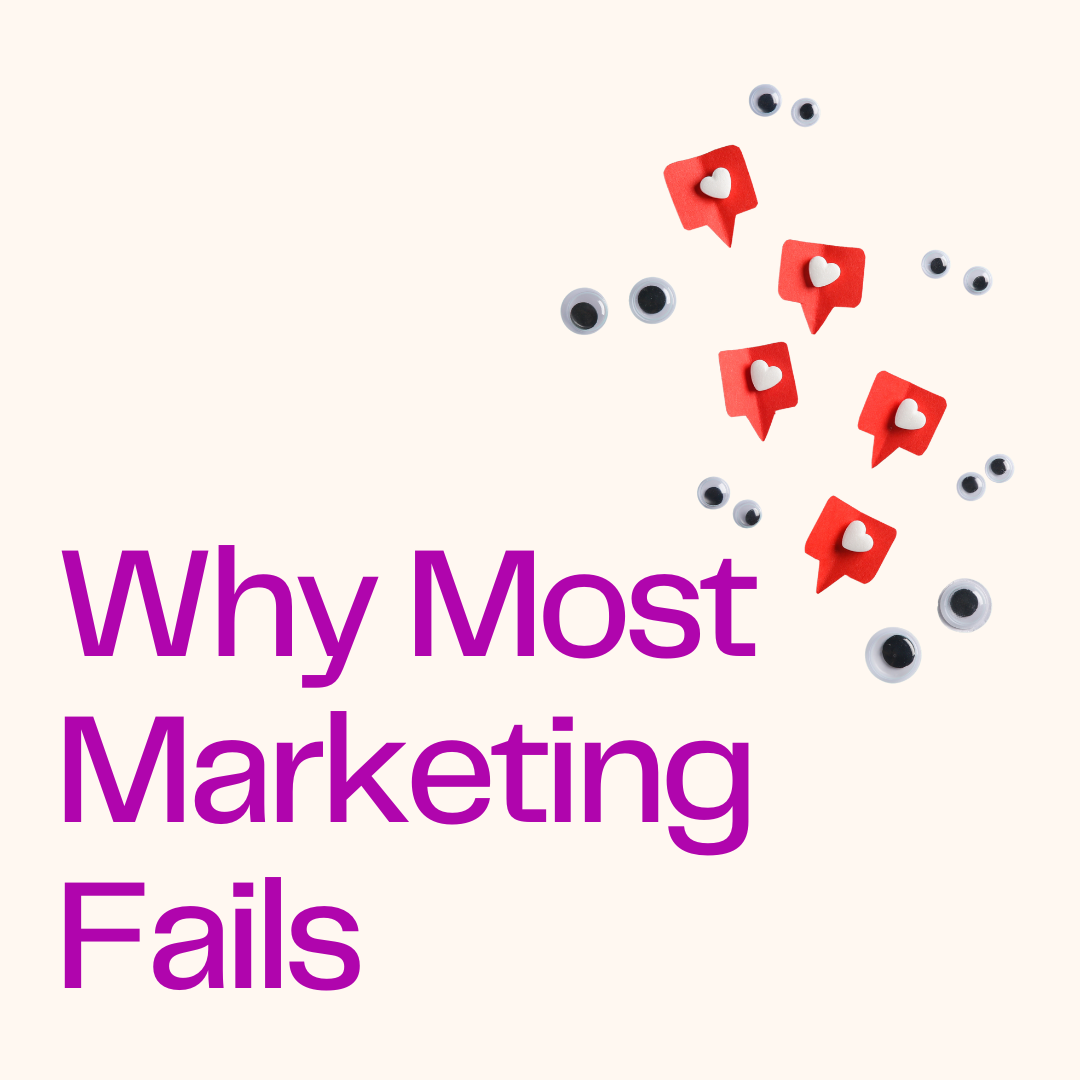In marketing, not every campaign achieves the desired results. In fact, many fall flat due to common mistakes that could easily be avoided. Understanding these pitfalls is crucial for marketers aiming to improve their strategies and drive better outcomes.


In this post, we’ll explore the most frequent marketing mistakes, provide practical solutions to fix them, and share examples of failed campaigns to illustrate key lessons learned.
Common Marketing Mistakes
1. Ignoring Audience Insights
One of the biggest mistakes marketers make is neglecting to understand their audience. Without in-depth audience insights, campaigns can miss the mark completely.
Fix: Invest time in researching your target audience. Use surveys, interviews, and analytics tools to gather data on their preferences, behaviors, and pain points. Create detailed buyer personas to guide your marketing strategy.
Example: A campaign aimed at young adults that uses outdated cultural references may fail to resonate simply because the marketer didn’t engage with the audience’s current interests.
2. Relying on Vanity Metrics
Focusing on vanity metrics—such as likes, shares, or follower counts—can give a false sense of success. While these numbers may look impressive, they don’t necessarily indicate true engagement or conversion.
Fix: Shift your focus to actionable metrics that matter, such as conversion rates, customer acquisition cost, and return on investment. Set clear goals and track performance based on meaningful KPIs.
Example: A brand that celebrates gaining thousands of followers may overlook the fact that those followers aren’t engaging with their content or converting into customers.
3. Lack of Clear Goals and Strategy
Without clear goals, marketing efforts can become disjointed and unfocused. This can lead to wasted resources and ineffective campaigns.
Fix: Establish SMART goals (Specific, Measurable, Achievable, Relevant, Time-bound) for every campaign. Create a comprehensive marketing strategy that outlines the path to achieving these goals.
Example: A company that launches multiple campaigns simultaneously without clear objectives may struggle to determine which tactics are successful or where to allocate budget effectively.
Examples of Failed Campaigns
- Pepsi’s Kendall Jenner Ad: This ad faced backlash for trivializing social justice movements, demonstrating the importance of understanding audience sentiments and cultural context. The failure highlighted the risk of tone-deaf marketing.
- Gap’s Logo Redesign: In 2010, Gap introduced a new logo that sparked immediate criticism and confusion. The company underestimated the emotional connection customers had with the original logo, leading to a quick reversion to the old design. This case illustrates the importance of audience insights in branding.
- New Coke: In 1985, Coca-Cola introduced New Coke, aiming to reformulate their classic drink. The decision backfired, as loyal customers rejected the change, demonstrating the risks of not valuing customer feedback and attachment to a brand’s legacy.
Actionable Takeaways
- Prioritize Audience Insights: Conduct thorough research to understand your audience’s needs and preferences, tailoring your campaigns accordingly.
- Focus on Meaningful Metrics: Identify and track key performance indicators that reflect true engagement and conversion.
- Set Clear Goals: Establish well-defined goals for your marketing campaigns to maintain focus and measure success accurately.
Conclusion with a Recap
Marketing doesn’t have to fail if you can recognize and avoid common pitfalls. By understanding your audience, focusing on actionable metrics, and setting clear goals, you can create more effective marketing strategies. Learn from the missteps of others, and apply these insights to drive your marketing success.
